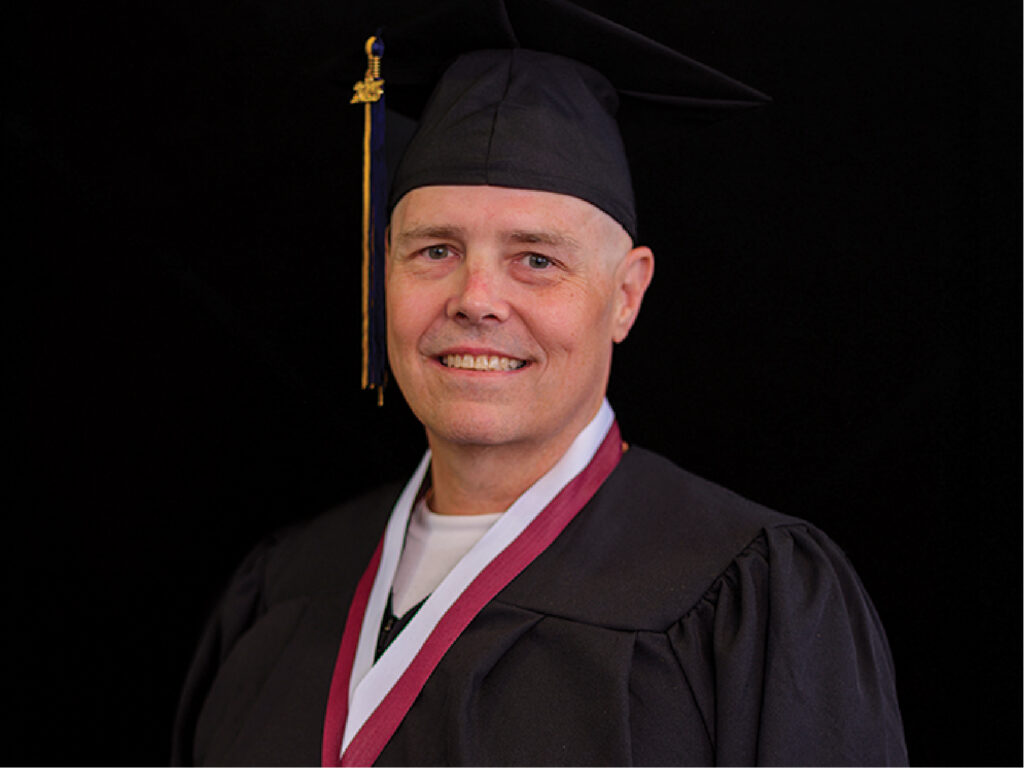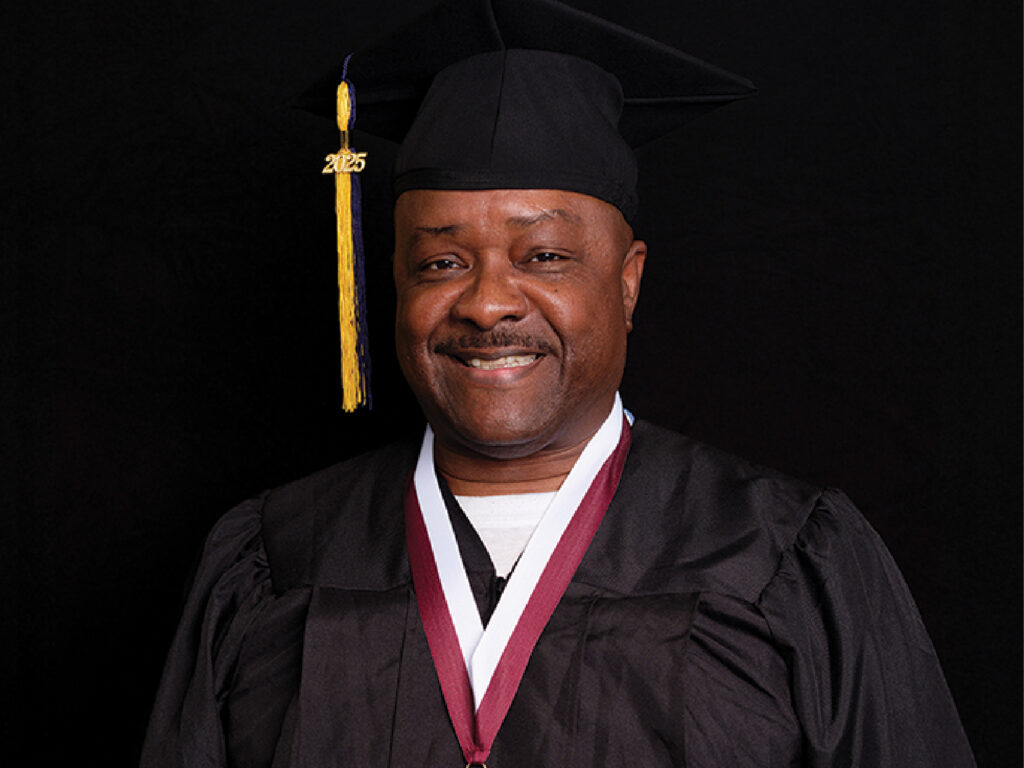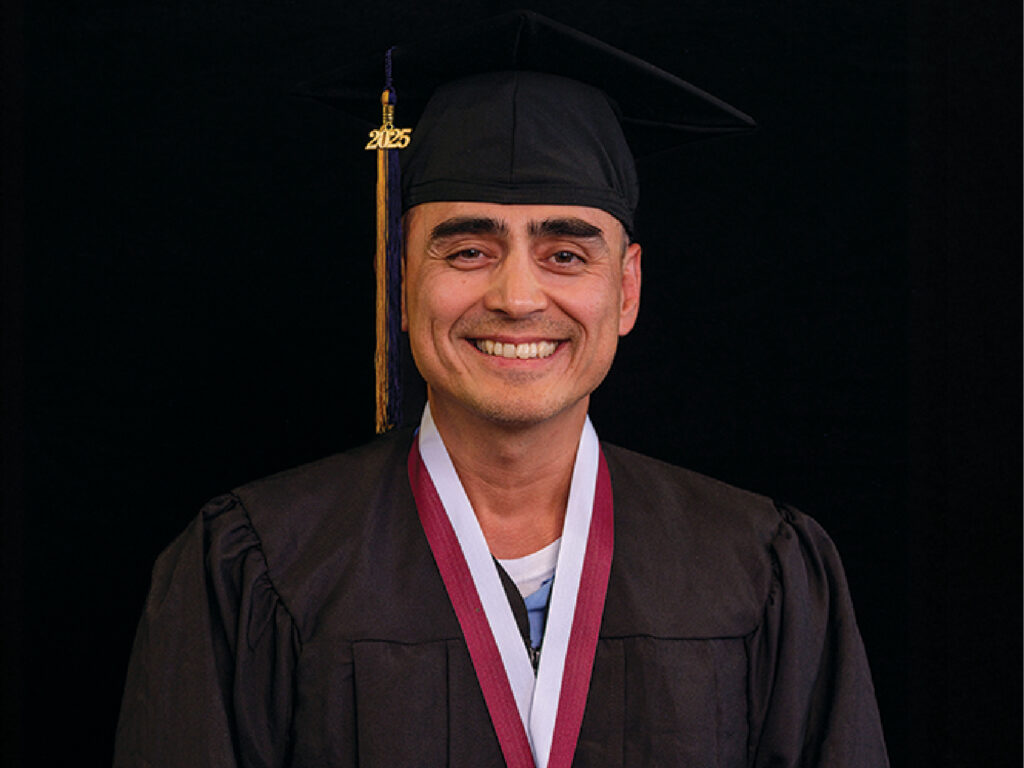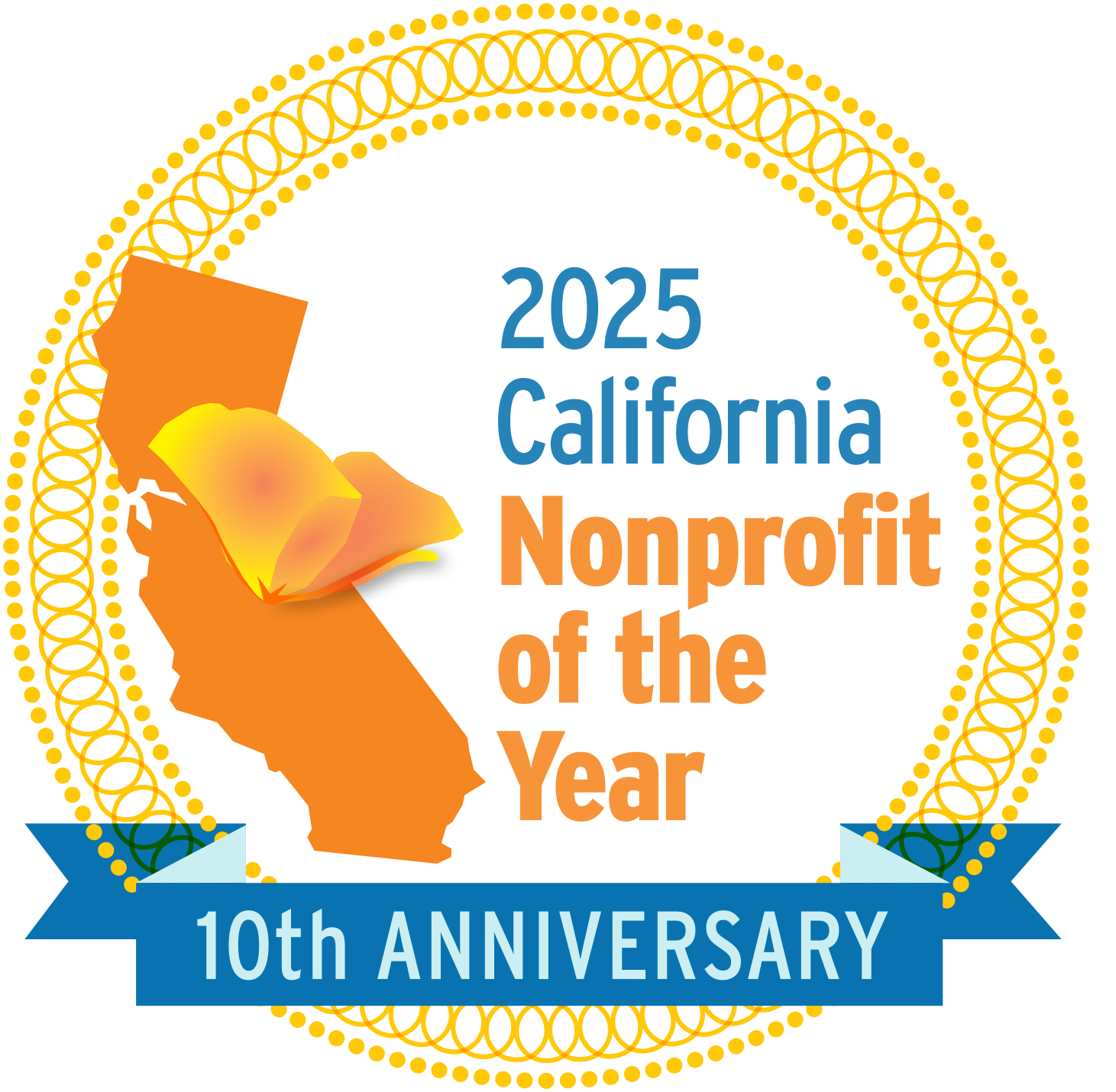The California Prison System has a significant obstacle in its efforts to rehabilitate its inmates: segregation. It occurs most frequently in the form of racial segregation. In his study of racial segregation in California Reception Centers, Philip Goodman states, “‘Race’ is one of the most important factors—if not in certain locales the preeminent factor—organizing and structuring contemporary American prison culture in men’s prisons” (Goodman, 2008). Race determines everything from what part of the yard a person uses for recreation, to whom a person lives in a cell with. Upon arriving at prison, one of the very first questions asked by the guards is: “Who do you run with, Blacks or Others?” As time passed I learned that besides race, people were segregated by other factors like geographical origin or gang affiliation. Along with these types of segregation was unwritten but violently enforced (by inmates, not guards) rule that certain groups of inmates are not allowed to associate with other specific groups. In general, Blacks cannot socialize with Whites; Whites cannot socialize with Northern Hispanics; Northern Hispanics cannot socialize with Southern Hispanics; Southern Hispanics cannot socialize with Blacks; and so on.
After years of everyday practice, the negative behavior of segregation becomes ingrained in inmates with Pavlovian efficiency. The statistics show that of the inmates currently incarcerated, approximately 95 percent will eventually be released (Hughes & Wilson, 2002 ). If inmates take this behavior back into society, it does society further harm beyond the crimes the inmates have committed.
How can we overcome this obstacle? During my incarceration, I have found one possible and viable solution: Dungeons & Dragons. Dungeons & Dragons (hereafter D&D) is regarded by many inmates as one of the few acceptable multicultural social activities in prison (exceptions being prisons with the highest level of security and inmates fully immersed in gang affiliation). While not all inmates play D&D, those who play can do so without violently enforced retaliation. The purpose of this paper is to show how D&D can be used as one solution to segregation in prison. Specifically, the questions this paper answers are: 1) How do the participatory practices of D&D promote healthy social rehabilitation for the incarcerated; and 2) How can its effects be optimized and broadened to be used as therapy for the soon to be released? I will first explain the relevant areas of D&D and then I will show how D&D has more value than just entertainment.
D&D is a fantasy based Role-Playing Game (hereafter RPG) in which a group of participants use collaborative efforts to overcome a myriad of challenges like rescuing a kidnapped princess or defeating a tyrannical ruler. Although D&D is not the only RPG available, it is the original RPG. In Corey Walden’s thesis on the practices of D&D, he quotes M. Tresca about the influence of D&D. Walden states, “Many digital RPGs have been directly inspired by D&D, including Asheron’s Call, Boldur’s Gate, Bard’s Tale, … and World of Warcraft” (Walden 3-4). Many of the concepts and rules of D&D are found throughout these and other popular RPGs making D&D the most universally recognized game by those who play.
The interesting thing about this game is that diversity is the key to success. Each participant, or ‘adventurer’, creates a character from one of the various ‘classes’ available. The character becomes the means of expression for the adventurer, and determines the boundaries by which the role can be played. These classes are derived from one or more different types of characters. The four major types are: 1) Spellcasters who control the battlefield with their mastery of the arcane arts, like a ‘wizard’; 2) Scoundrels who disable traps or con their way past the guardsman of the drawbridge, like a ‘rogue’: 3) Healers who save the adventuring party by channeling primal energies or with their devotion to the divine, like a ‘cleric’: 4) Warriors who are the strategic combatants and the party’s shield against imposing danger, like a ‘fighter’.
Along with character classes, another important option D&D provides is ‘race’. There are not only different cultures and personalities with a single race, as with actual human beings, but there are a number of races of beings. The core races are dwarf, elf, gnome, half-elf, half-ore, Halfling, and human. Each race, and each culture and/or region of geographical origin, brings with it its own pros/cons and unique perspective that affects the character role chosen by the adventurer. For example, mountain dwarves have a racial hatred for goblins and ores (These are two of the evil races and, in many instances, the ‘enemy’ in the adventures). This gives mountain dwarves a bonus to combat these races, but this hatred could be a hindrance if a dwarf had to work with a goblin for the greater good. Alternatively, the hatred does run that deep in hill dwarves and they are merely unfriendly towards them.
The game sessions for D&D are run by a Dungeon Master (hereafter DM). S/he does not make choices for the players. The DM is a rules arbitrator and storyteller, a neutral guide.
D&D combats segregation by presenting a different perspective on the very thing that people use as a reason to segregate: the difference of others. The game sessions of D&D require diversity not only with classes, but also with race. The adventures are formatted in a way where different people and different skills are needed at different times to complete them. For example, a party of all fighters might do well in the combat scenes, but they would suffer when it came to social situations or intellectual challenges. In addition, no one knows what race of being the party may encounter that leads to the next stage of the adventure. If the party cannot be represented by someone who can be seen as friendly to that individual, the adventure may end prematurely.
About six years ago, my friends and I were starting a new adventure at a prison in San Luis Obispo when someone walked up and asked to play. At first we were hesitant because he, a white inmate, had clearly visible tattoos that indicated that he was at one time involved in violence against black inmates. The DM pulled me aside and said, “I think we have an opportunity here. I believe he wants to make a change in his life or he wouldn’t be willing to play with you on the yard where everyone could see. If you’re not cool with this, he’s out. If a problem occurs between the two of you, he’s out. But I think we should play the game because we have a chance to make a real difference in someone’s life.” Reluctantly, I agreed. The DM asked me to play a dwarf and asked the other guy to play a half-ore. In effect, the DM wanted me to play the racist and wanted the other guy to play someone whose only crime was being born.
During the adventure, between in-game dialogue and sidebar conversations, we actually became good friends. We talked about how the segregation in prison made us feel and why we felt the way we did. Sometimes we even played out some of the scenarios we discussed in our game, but with the unique perspective of being in each other’s shoes. Plus he played a thief whose skills and cunning were needed to get us out of numerous sticky situations. I played a cleric whose moral fortitude kept us focused on completing our goals without sliding into spiritual abyss. We could not have succeeded without each other.
Our experience did indeed have a profound effect on his life. He gave up his old ways and made many friends of other races before his tragic death from heart complications. Near the end, when he knew it was time to say goodbye, he chose to spend his final weeks playing as much D&D as possible.
The differences that segregate people in real life are fundamental to D&D, thereby making cooperative diversity mandatory for game advancement. Even though these are imaginary characters they are controlled by real people who must accept this diversity in order to play the game. As Walden notes, “Mechanically and philosophically, the flexibility of D&D continues to allow participants the ability to negotiate issues of conflict, violence, and moral uncertainty”. In other words, between the dialogue that develops amongst the adventurers during gameplay and the outside-the- game conversations that inevitably take place during breaks, D&D is a vehicle that allows for people to discuss and navigate their way through the real life problems presented in the game. D&D gives some the opportunity to voice their objections to certain situations, and others the opportunity to combat stereotypical judgments while in the safety of a game environment. In my 28 years of RPG experience, I have found that most people find it easier to express themselves when they have the buffer of ‘make believe’ that is associated with gaming. The buffer grants a person a pipeline to situations that are too personal or sensitive to discuss in direct conversation.
The next step in the rehabilitative process is developing bonds. Merely putting people together is not enough. However, D&D has the tools to promote social growth. Walden says, “RPGs fit the criteria for modern-day ritual, as they draw on mythology and archetypal symbolism – creating social bonds through community, and allowing for co-created epic narratives to occur in the process,” (Walden 17). Through dialogue, and the rite of passage of cooperating to overcome adversity, the adventuring party builds a communal bond. Combined with primary function of any game, which is fun, D&D becomes a potential tool for social rehabilitation.
D&D can then be optimized, changing from a potential tool to an effective tool. First, the DM must have training in psychology, sociology, and conflict resolution. S/he must also be someone from outside the prison system. As controversial situations arise and are resolved, the DM could use proven methods in these areas to discuss with the players what exactly occurred-beyond the surface of the circumstance- and how it could have been better resolved with a rehabilitative focus. With two or three volunteers with similar training as assistants to the DM, there could be one-on-one sessions with the adventurers for more personal and in-depth rehabilitative therapy.
Second, play the game in a way that positively reinforces behavior that advances the adventurer towards the desired rehabilitative goals. For example, reward the party when it resolves potential conflict without combat or when the party accepts one of the enemy races as a fellow adventurer. A system based on the repetition of positive behavior can be used to fight Pavlov with Pavlov. The focus here should be on restorative justice, working towards fixing the problem, rather than punitive justice- which we are already experts in.
The purpose of the optimization is to give each adventurer the opportunity, and the stage, to express whatever turmoil that is within the individual, while having professional help observe and guide the adventurer along the path of rehabilitation. If a stimulus provokes a response that exceeds what is deemed acceptable by societal Jaws, then the individual is a danger to that society. At this time, no medium exists to measure and inmate’s proclivity for violence besides a psychiatric review that depends largely on the honesty of the inmate. If D&D is played in the optimized way, the professionals could better gauge whether or not an inmate still poses a danger to the society s/he is about to be released to. Does the inmate, more often than not, respond to a situation with combat when diplomacy will do? Does the inmate unnecessarily kill a clearly defeated foe? These and other hallmarks could be used to tailor make a specific rehabilitation program for each inmate. Optimized D&D addresses not only segregation, but also its violent responses. Lastly, not one of the many self-help groups available in the California Prison System is dedicated to repairing inmates’ social skills.
Allowing men and women to be released back into the Divided States of America with a segregationist attitude is not acceptable. Doing so would be adding fuel to the fire. Something must be done. D&D is a push in the right direction. The basic elements of D&D, cooperation and community should be the exact ideals instilled into society’s failures. Along with paying for a crime, a person bettering her/himself should be the desired outcome of a prison sentence. The availability and accessibility of D&D are the perfect opportunities for a person to spend their time in prison wisely and productively.
WORKS CITED:
- GOODMAN, PHILIP. “It’s Just Black, White, or Hispanic: An Observational Study of Racializing Moves in
- California’s Segregated Prison Reception Centers.” Law & Society Review 42.4 (Dec. 2008): 735- 770 Print
- HUGHES, T & D.J. WILSON. Reentry Trends in the United States. Washington, D.C.: U.S. Department of Justice, Bureau of Justice Assistance, 2002











